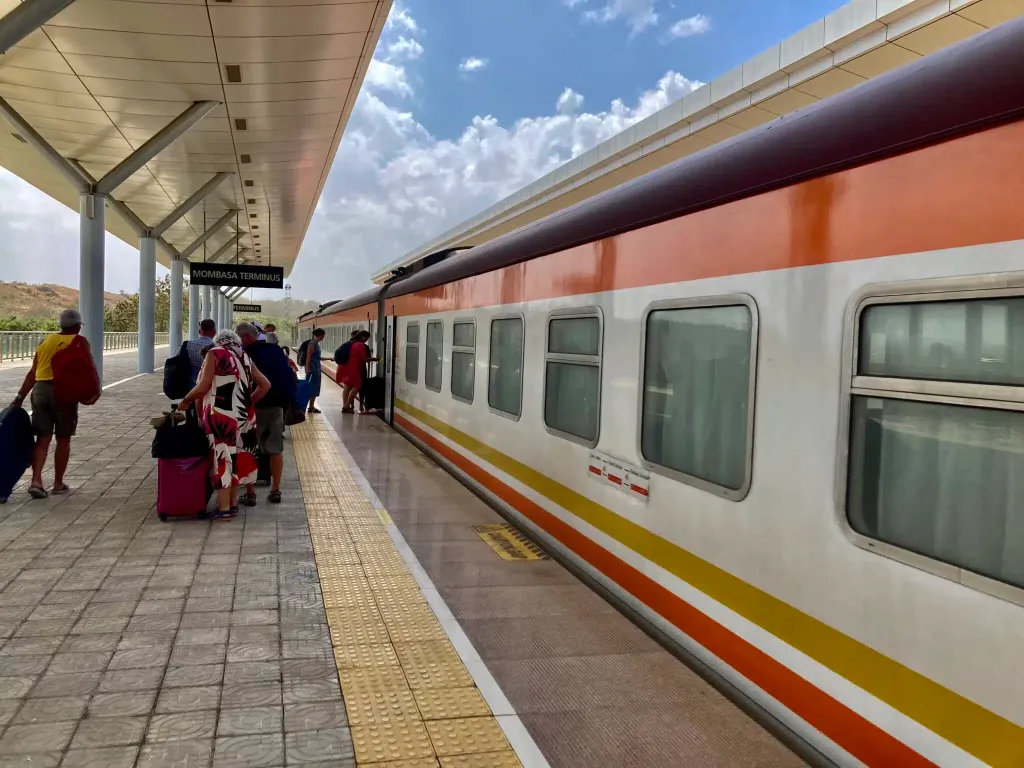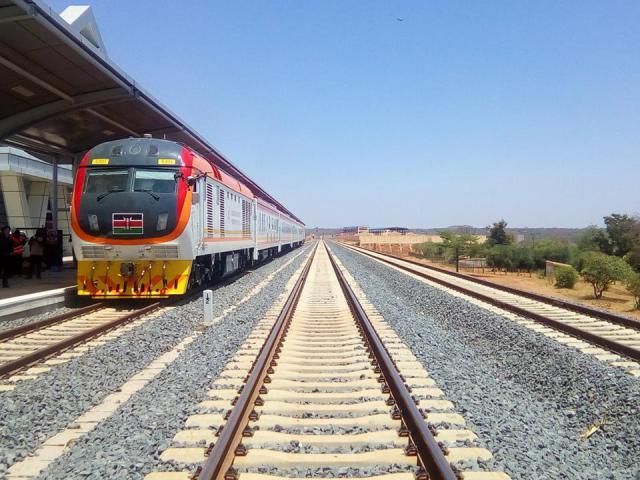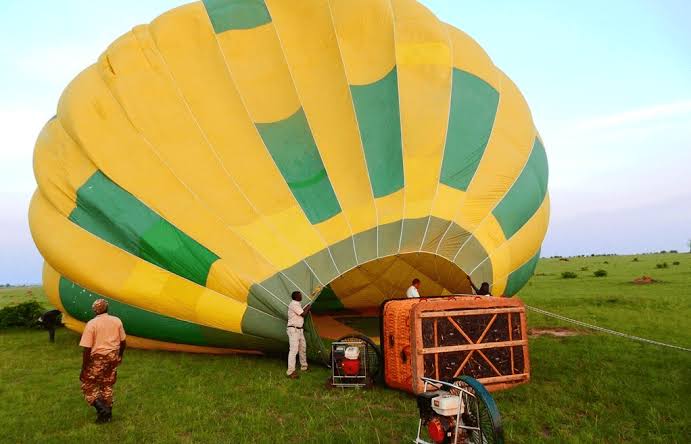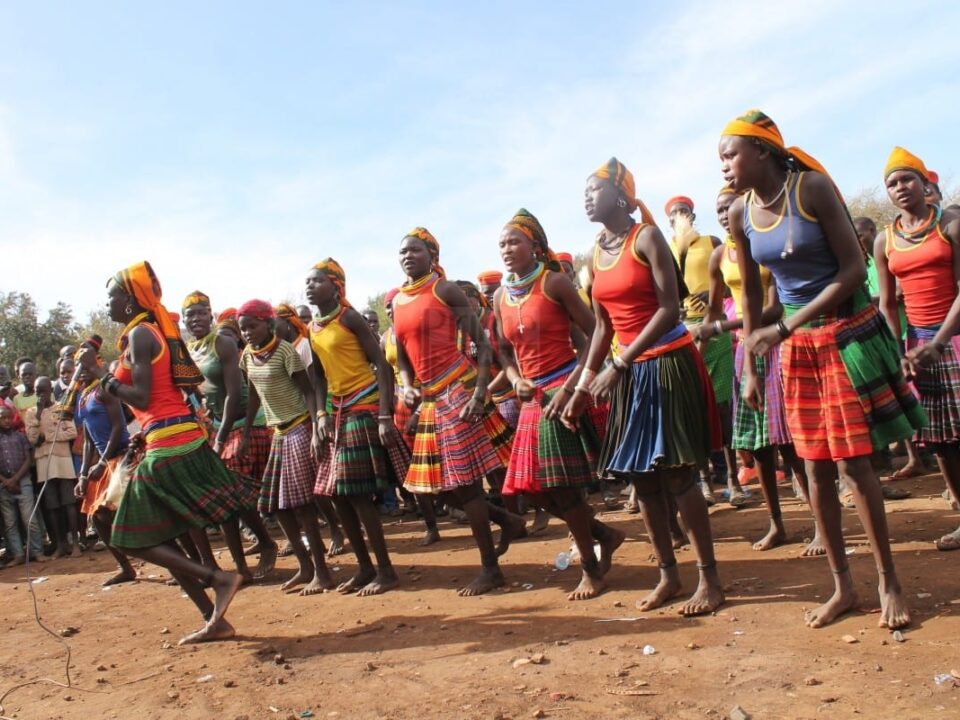- GET IN TOUCH WITH US:
- +256 753518160
- +256 777842166
- info@experiyatourcompany.com

How long is the drive from Nairobi to Mombasa?
November 20, 2025
Can I use Uber in Nairobi?
November 20, 2025Is Public Transport Safe in Kenya?
When planning a trip to Kenya, one of the key questions many travelers ask is whether public transport is safe. Kenya is a vibrant, diverse, and fast-developing country with a wide range of transportation options—buses, matatus, trains, taxis, boda bodas, and ride-hailing services. Each option offers unique benefits and comes with its own set of safety considerations. Understanding how public transport works, what is safe, what to avoid, and how to travel smartly helps you enjoy a smooth and confident journey across the country.
Whether you are visiting Nairobi, Mombasa, Kisumu, Nakuru, Eldoret, or exploring Kenya’s safari destinations, this detailed guide provides a comprehensive overview of public transport safety. It covers each mode of transport, common risks, smart precautions, recommended alternatives, and the insider tips you need to navigate Kenya safely like a local.
Understanding Kenya’s Public Transport Landscape
Kenya’s public transport system is one of the most dynamic in East Africa. While there is no unified national transportation authority controlling the entire system, Kenya has strong regional networks operated by private companies, cooperatives, and licensed groups. In major cities, public transport is abundant, affordable, and widely used by millions daily.
The main modes of public transport include:
Matatus (minibuses)
Buses (city and long-distance)
Boda bodas (motorbike taxis)
Tuk-tuks (three-wheelers)
Ride-hailing apps (Uber, Bolt, Little)
Taxis
SGR (Standard Gauge Railway)
Long-distance shuttles
Domestic flights
Understanding which types of transport are safe—and under which circumstances—is essential for visitors.
Are Matatus Safe for Tourists?
Matatus are the most common form of public transport in Kenya—vibrantly decorated minibuses known for their loud music, artistic graphics, and energetic culture. They are a major part of Kenyan urban life.
However, matatus are not recommended for tourists, especially those unfamiliar with local routes or safety conditions. Reasons include:
Unpredictable driving behavior
Occasional overcrowding
Irregular schedules
Higher risk of petty theft
Varying safety standards across operators
While many matatu operators follow rules and maintain good vehicles, some do not. For visitors with luggage, valuables, cameras, or passports, matatus are not the safest option.
Safety of Buses in Kenya
Kenya has two main types of buses: city buses and long-distance buses.
City Buses
City buses in Nairobi and Mombasa are affordable and fairly reliable. Companies like Super Metro, City Hoppa, and Kenya Bus Service maintain better discipline and structure than matatus. However, they still expose travelers to crowds, pickpockets, and minor inconveniences.
Tourists may use city buses during off-peak hours if necessary, but alternatives such as ride-hailing services are often more convenient.
Long-Distance Buses
Long-distance bus services are popular for travel between cities like Nairobi, Mombasa, Kisumu, and Eldoret. Companies like Modern Coast, Mash Poa, and Ena Coach are known for comfort and relative safety.
For long-distance journeys, reliable bus companies:
Have proper schedules
Follow safer highways
Offer online seat reservations
Use modern coaches
Still, overnight buses are not recommended for tourists due to visibility challenges and late-night road risks.
Are Boda Bodas Safe?
Boda bodas (motorbike taxis) are common throughout Kenya and incredibly convenient for short distances. However, they also present some of the highest road safety risks.
Concerns include:
High accident rates
Lack of helmets for passengers
Inconsistent training of riders
Vulnerability to reckless driving by others
Tourists should avoid boda bodas unless absolutely necessary. If you do use one, choose reputable boda riders from apps like SafeBoda or Bolt, which offer professional standards and helmets.
Tuk-Tuks: Safe but Slow
Tuk-tuks are widely used in Mombasa, Diani, Malindi, and Kisumu. They are safer than boda bodas because they are enclosed and slower. They are ideal for short coastal trips, market visits, or local sightseeing.
Safety tips for tuk-tuks:
Agree on price beforehand
Keep bags close
Avoid late-night rides
Tuk-tuks provide an enjoyable cultural experience and are generally safe during daytime.
Ride-Hailing Apps: The Safest Urban Option
Ride-hailing apps are the safest, most convenient, and most tourist-friendly mode of urban transport in Kenya. Popular apps include:
Uber
Bolt
Little Cab
Farasi
Benefits of ride-hailing services:
Professional drivers
GPS tracking
Cashless payments
Price transparency
Door-to-door service
Stronger safety records
Ride-hailing apps are the top recommendation for tourists in Nairobi, Mombasa, Nakuru, and Kisumu.
Taxis: Safe if Using Trusted Providers
Traditional taxis are available across Kenya. Airport taxis or hotel-arranged taxis are safest. Street taxis may not always have meters, so agree on the fare before the ride.
To remain safe:
Use taxis recommended by your accommodation
Avoid roadside taxis at night
Confirm driver identity before entering
Hotel taxis offer the highest reliability and safety.
SGR (Standard Gauge Railway): Very Safe and Recommended
The SGR train connecting Nairobi and Mombasa is one of the safest, cleanest, and most comfortable public transportation systems in Kenya. Tourists love it for:
Punctual schedules
Air-conditioned coaches
Well-secured stations
Comfortable seating
Beautiful views
Luggage safety
Strict security controls
SGR is an excellent choice for long-distance travel, particularly between Nairobi and the Coast. First-class tickets offer more legroom and comfort.
Domestic Flights: Fastest and Safest for Long Distances
Flying between major cities or safari destinations is common and safe. Domestic carriers include:
Safarilink
Jambojet
Air Kenya
Skyward Express
These airlines operate flights to the Maasai Mara, Diani, Malindi, Lamu, Nanyuki, and Kisumu. Air travel eliminates road safety risks and shortens travel time significantly.
Common Safety Concerns with Public Transport
While Kenya’s transport system is vibrant, common risks include:
Pickpocketing in crowded buses
Road accidents involving reckless drivers
Overcharging of tourists
Poorly lit or unsafe pick-up points
Night travel risks
Unlicensed operators in small towns
However, these risks are manageable with proper awareness and smart choices.
Smart Safety Tips for Tourists Using Public Transport
Keep valuables in a zipped bag
Avoid night travel unless using reliable taxi services
Use ride-hailing apps for urban movement
Always wear a seatbelt
Ignore unsolicited offers from street drivers
Avoid displaying expensive gadgets
Stay alert at bus stations and ferry areas
Use hotel taxis for late-night transfers
With these precautions, Kenya’s public transport becomes easier, safer, and more predictable for visitors.
Which Types of Public Transport Are Safest for Tourists?
RANKING (Safest to Least Safe)
-
Domestic flights
-
SGR train
-
Ride-hailing apps (Uber, Bolt, Little)
-
Hotel taxis
-
Tuk-tuks (daytime use)
-
Long-distance buses (daytime)
-
City buses
-
Matatus
-
Boda bodas
This ranking helps travelers choose wisely according to their comfort level and itinerary.
Final Thoughts
Public transport in Kenya is safe when used wisely. While matatus and boda bodas are part of Kenya’s cultural heartbeat, they are not ideal for tourists. With reliable alternatives like ride-hailing services, the SGR train, domestic flights, and reputable taxis, visitors can navigate Kenya comfortably and securely.
Still, the safest and most enjoyable way to explore Kenya—especially safari destinations—is through a professionally organized tour. Experiya Tour Company ensures smooth transfers, secure transport, knowledgeable drivers, and fully planned itineraries.
For a safe, convenient, and unforgettable journey across Kenya, booking your travels with Experiya Tour Company is highly recommended.




